Updated on April 17th, 2024
Most high school students know that their scores on standardized tests can impact their ability to get into their preferred college. However, since there are so many test options – including the ACT, SAT, and PSAT – it can be hard for school students to figure out which ones they need to take. This is especially true since all of those exams have quite a few things in common.
In reality, doing an SAT vs ACT test or SAT vs PSAT comparison isn’t about finding a “winner.” Instead, students need to consider their goals, the preferences of their target colleges, and a few other points before making a decision. To make that easier, here’s what your student needs to know about these exams.
If you and your student want to learn more about where to find local scholarships, as well as national awards, sign up for our free college scholarship webinar! Take a trip over to http://thescholarshipsystem.com/freewebinar to reserve your spot today.
Contents
What is the ACT Test?
The American College Testing (ACT) college readiness assessment is an entrance exam. Colleges and Universities review the test scores of students to determine if they have sufficient knowledge to do well in school.
Additionally, it serves as a comparison point between different applicants. Since the ACT is standardized, colleges can use it to see how students measure up against each other when deciding who to admit.
WHAT SECTIONS ARE IN THE ACT?
The ACT has four main sections and one optional section. The main parts include:
- English
- Reading
- Math
- Science
If your student chooses, they can participate in an optional essay section. It allows colleges to learn more about your student’s reading and writing abilities.
While the ACT writing test isn’t required to participate in the rest of the exam, that doesn’t mean your student shouldn’t take it. Some colleges request writing section scores from applicants and may not consider students who don’t have one to submit.
How Long is the ACT?
The ACT is either 2 hours and 55 minutes long or 3 hours and 35 minutes long, depending on whether your student decides to take part in the essay portion.
HOW IS THE ACT SCORED?
Every portion of the ACT is scored using a 1 to 36-point scale, with 36 being the highest score possible in a section. The four main section scores are averaged to create your student’s composite ACT score.
If your student takes part in the writing and language section, they will receive a separate score of 1 to 36 score for that writing and language only segment. It is not factored into the composite ACT score.
When Should You Take the ACT?
Most students take the ACT during the spring of their junior year in high school and the fall of their senior year in high school. By taking the ACT as a junior the first time, your student has time to participate again if they decide they aren’t thrilled with their exam score or feel they can do better.
However, that doesn’t mean your student can only participate at those test dates and times. Younger students are allowed to take the ACT tests, and seniors can take the exam any test date beyond the fall semester of their last year in high school. But, if a senior waits too long, they might not get their scores back in time to meet college application deadlines, so it’s important to keep that in mind when choosing test dates.
The ACT is available nationally in September, October, December, February, April, June, and July. However, not all test centers offer the same test dates, so your student will need to see what test date is available locally well in advance to make sure they can get their test scores back in time.
WHAT IS THE SAT?
The Scholastic Assessment Test (SAT) – formerly known as the Scholastic Aptitude Test – is another standard college entrance exam. Like the ACT, the SAT is meant to determine your student’s readiness for higher education and to create a simple way to compare students’ capabilities to decide who is admitted.
WHAT SECTIONS ARE ON THE SAT?
The SAT is divided into two sections: main sections and one optional section. The main parts include:
- Math
- English
Like the ACT, there is an optional essay portion that allows your student to showcase their writing and language capabilities.
While the writing segment isn’t mandatory to take the core part of the SAT, some colleges do require those scores from applicants. Your student should consider participating, particularly if their preferred school considers that score a requirement for admission. Related Video: SAT Score for Scholarships: Does It Matter?
HOW LONG IS THE SAT?
The main SAT exam takes 3 hours. If your student also completes the essay portion, the entire test will take 3 hours and 50 minutes.
How is the SAT Scored?
Each section of the SAT receives a score. The lowest score a student can have on a single part is 200, while 800 is the highest. Your student’s main SAT score combines the math scores and English scores, creating scores with a total average scores between 400 and 1600.
If your student completes the essay section, they will receive a complete separate score for that portion, also on the 200 to 800-point scale.
WHEN SHOULD YOU TAKE THE SAT?
Most students take the SAT as juniors during the spring of junior year and seniors in the fall. That way, they have a chance to give it at least two tries and still receive their scores in time for college applications.
However, some students take the SAT earlier or later in their high school careers, as there is no specific grade-related requirement to qualify for the exam.
Every year, the SAT is offered in schools and universities in August, October, November, December, March, May, and June all across the country.
WHAT IS THE PSAT?
The Preliminary SAT (PSAT) isn’t a college entrance exam. Instead, it is used for test prep and to prepare students for the ACT or SAT, essentially giving them a chance to experience a similar test.
Plus, it is a National Merit Scholarship Qualifying Test. Students who perform well on the PSAT might qualify to receive money for college or other scholarships for merely achieving a high score on the SAT practice test.
WHAT SECTIONS ARE IN THE PSAT?
The PSAT has two sections:
- Math
- English
HOW LONG IS THE PSAT EXAM?
In total, the PSAT is 2 hours and 45 minutes long.
How is the PSAT Scored?
Each section on the PSAT is scored on a 160- to 760-point scale. The section scores are then added together, with the highest possible score being a combined 1520.
WHEN SHOULD YOU TAKE THE PSAT?
In most schools, sophomores or juniors are eligible to take the PSAT. It is a test only offered to eligible students by schools once a year, in October, and your student’s school typically determines which classes are eligible to participate.
ACT VS SAT
If your student is wondering what is the difference between the ACT and SAT, the most obvious differentiator is the science section on the ACT. However, there are a few key differences in other areas where the two tests aren’t exactly alike.
For example, the SAT relies more on evidence and content-based questions and multi-step problem-solving than the ACT does. Some students may feel that the ACT is a bit more straightforward, making it easier to figure out what the question is asking and answer it. But that doesn’t mean the problems are easier to answer, as they test the same skills that are checked during the SAT.
Otherwise, when it comes to content, the two exams are incredibly similar. Plus, they take around the same amount of time to complete and use like formats, relying heavily on multiple-choice with only a few exceptions outside of the essay segments.
ACT TO SAT CONVERSION
It is possible to compare a student’s score on one exam to scores in another. ACT/SAT Concordance Tables are published by the College Board (the organization behind the SAT) as well as the ACT.
Since there are fewer possible composite ACT score totals than SAT totals, each ACT score translates to an SAT range. Here’s a look at the ACT to SAT score ranges conversion:
| ACT | SAT |
| 36 | 1570-1600 |
| 35 | 1530-1560 |
| 34 | 1490-1520 |
| 33 | 1450-1480 |
| 32 | 1420-1440 |
| 31 | 1390-1410 |
| 30 | 1360-1380 |
| 29 | 1330-1350 |
| 28 | 1300-1320 |
| 27 | 1260-1290 |
| 26 | 1230-1250 |
| 25 | 1200-1220 |
| 24 | 1160-1190 |
| 23 | 1130-1150 |
| 22 | 1100-1120 |
| 21 | 1060-1090 |
| 20 | 1030-1050 |
| 19 | 990-1020 |
| 18 | 960-980 |
| 17 | 920-950 |
| 16 | 880-910 |
| 15 | 830-870 |
| 14 | 780-820 |
| 13 | 730-770 |
| 12 | 690-720 |
| 11 | 650-680 |
| 10 | 620-640 |
| 9 | 590-610 |
While this ACT to SAT conversion chart will give you an idea of how the two test scores might relate, it’s essential to understand that students who take both exams might end up with cross test scores that don’t line up precisely. Every test experience is different, so some level of variation could certainly occur.
SAT vs PSAT
When comparing the SAT vs PSAT, the main difference is the purpose of the exam. The PSAT is designed to prepare students for the SAT and, potentially, help them land a scholarship.
With the SAT, determining a student’s readiness for college is the primary goal.
SHOULD YOU TAKE THE ACT, SAT, OR PSAT?
Ideally, students should always take the PSAT. It allows them to see what college entrance exams are like and could help them get a scholarship. Plus, it isn’t used as part of college admission, so there is no risk associated with taking part, even if they don’t get a high score.
Since colleges typically view the ACT and SAT as being fundamentally similar, your student could use scores from either in their applications. However, since the tests aren’t exactly alike, it isn’t a bad idea for students to take both at least once. Then, they can see if they are more comfortable with one than the other and focus on the one they favor for their second attempt.
However, just make sure your student considers the writing exams. While not all colleges require them, some do, so it’s a good idea to have a score available in case it is needed. Plus, it may help your student stand out from other applicants, potentially increasing the odds that they’ll get into a preferred school.
Ultimately, the ACT, SAT, and the PSAT scores all play important roles, so encourage your student to explore them all as they get closer to their college journey.
If you and your student want to learn more about where to find and access local scholarships, as well as national awards, sign up for our free college scholarship webinar! Take a trip over to http://thescholarshipsystem.com/freewebinar to reserve your spot today.
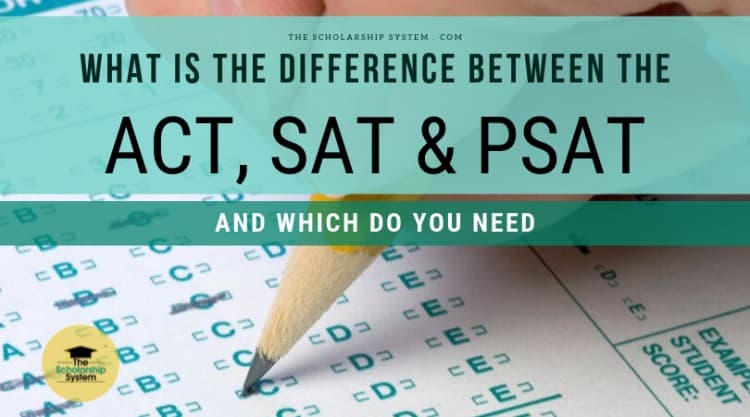

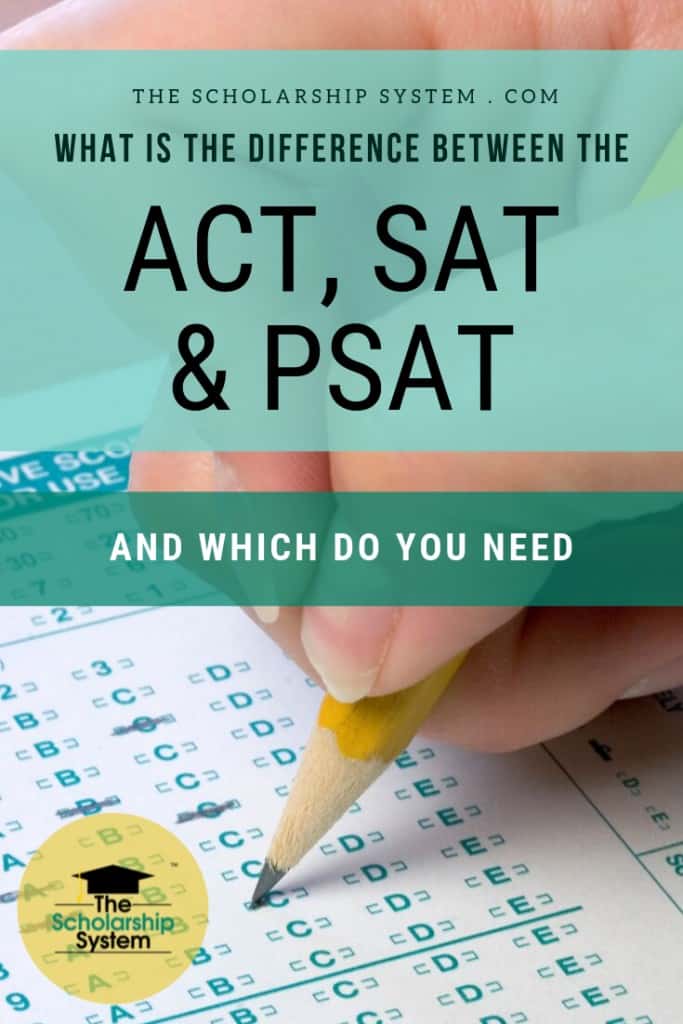
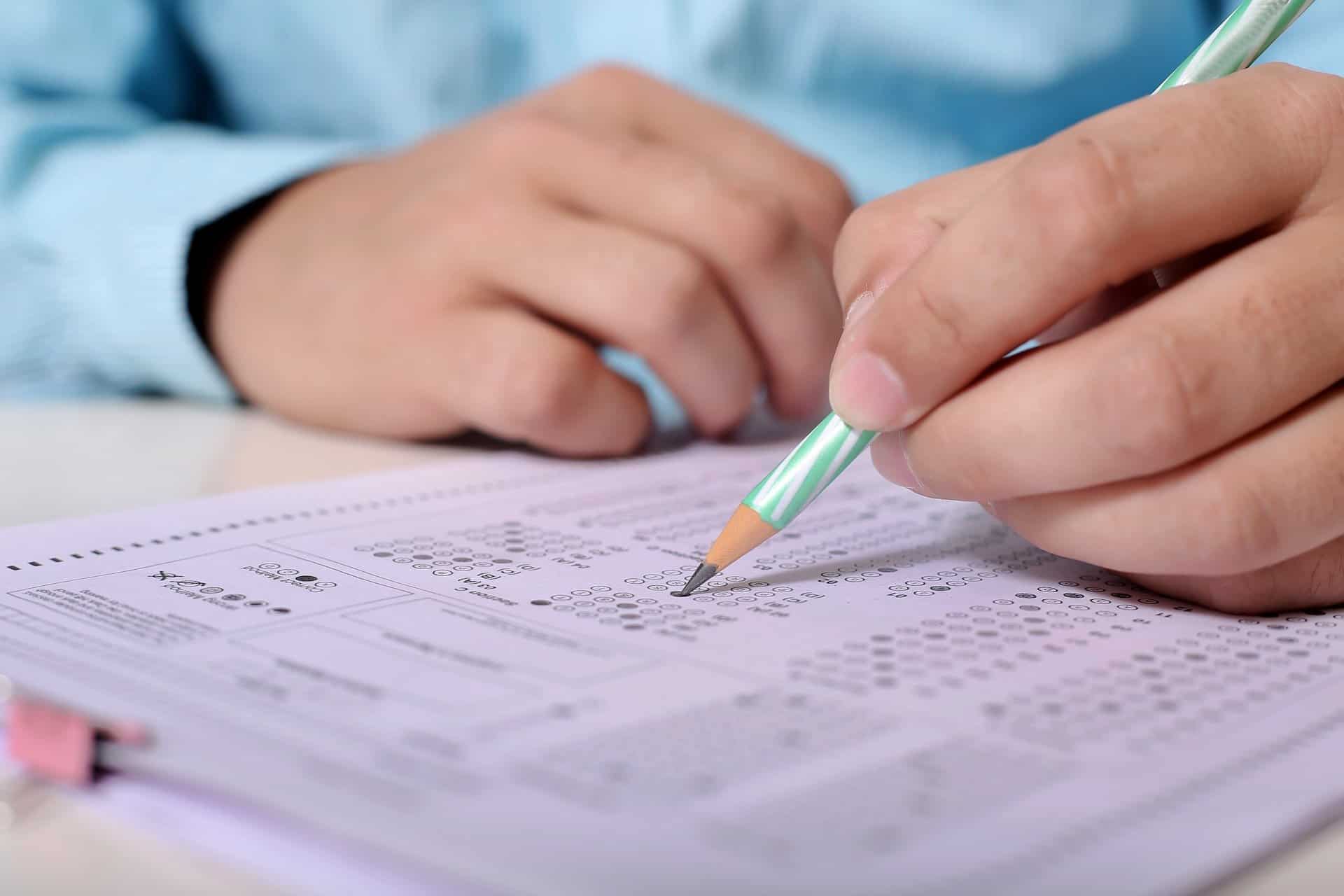
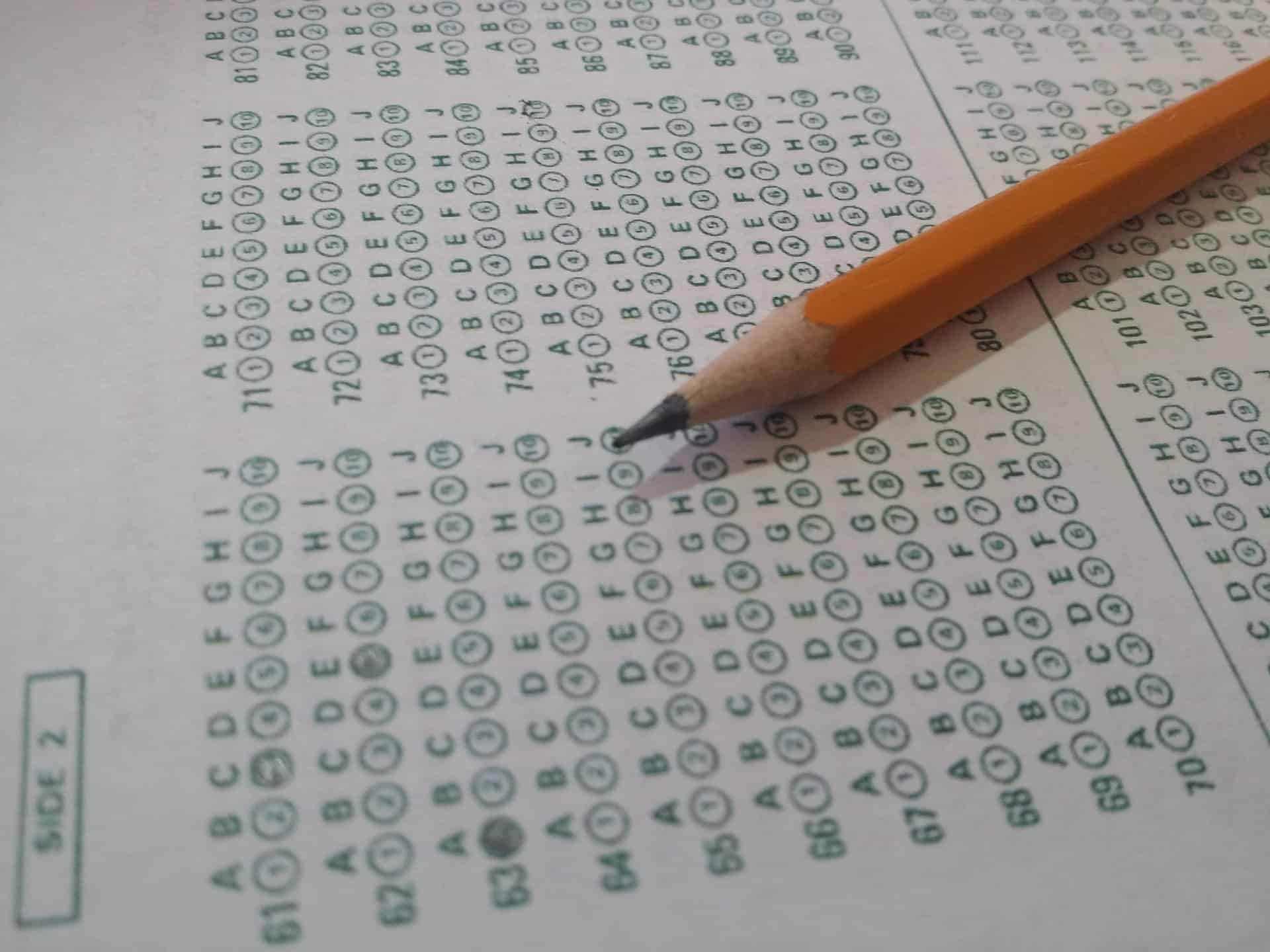

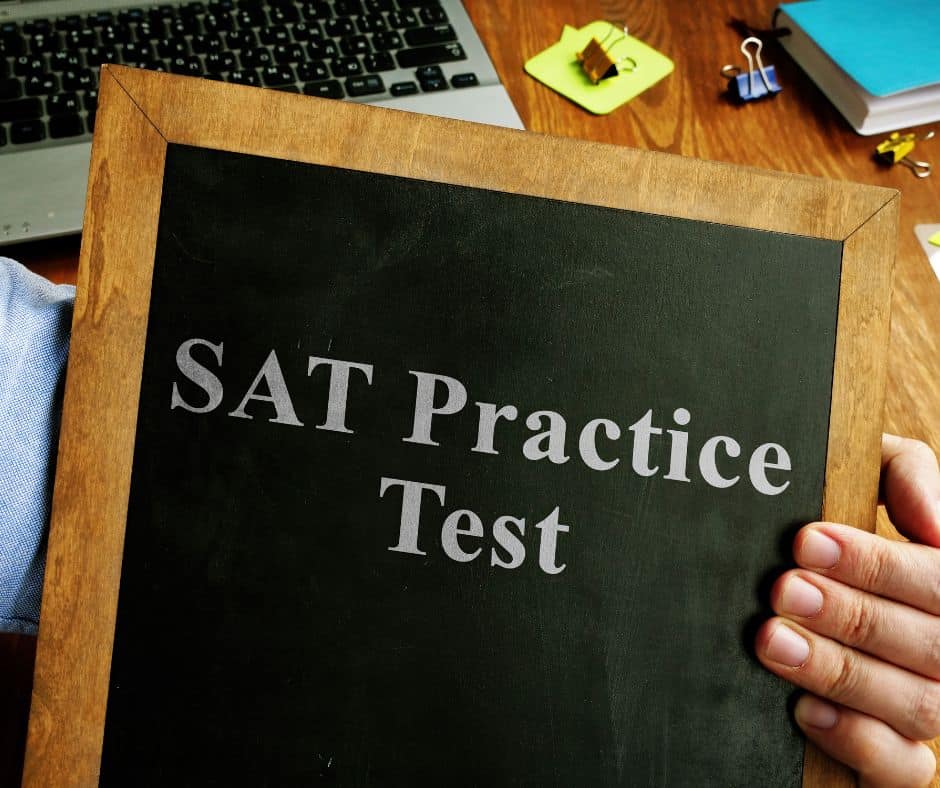



I chose SAT for me. Many also say that this exam is easier. Maybe it’s worth trying both tests, I don’t know yet… I’ll see the PSAT results in the fall and make a decision.
Thank you, that is a very detailed analysis.